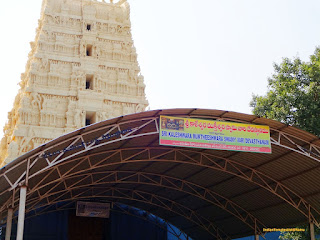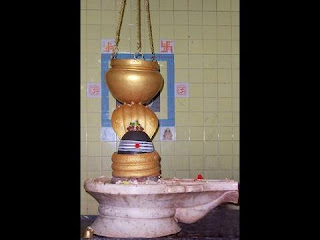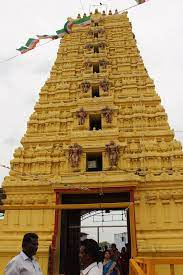1) A feeling gushing out like a water spring
A feeling that moves our bosom to tears
A feeling that strengthens and removes
our fears
A feeling that inspires us to merrily
sing
A feeling that lightens our hearts to
swing
A feeling that soothes our souls and
comfort brings.
2) A feeling that makes us forget our self
A feeling that fills our hearts with joy
unknown
A feeling that makes us secure, and not
alone;
A feeling that makes us free from power
and pelf;
A feeling that makes us see a spark of Thine
A feeling that gives relief from stress
and strain.
3) A feeling that gives satisfaction sweet
A feeling that wipes off dividing lines
A feeling that removes our worries vain
A feeling that shows thee in every bird
and beast.
A feeling that strikes at our egoistic
pride
A feeling that broadens our vision clear and wide.
4) A
prayer is not a social bargain
A
prayer is not a business pact
A
prayer is not a mutual contract
A prayer is not a struggle, a craving for
gain.
A prayer is not just asking favours from God
A prayer is not just offering gifts and
praising Lord.
5) A prayer is not doing rituals with expense
great
A prayer is not chanting Thy name without
a break
A prayer is not sacrificing beasts for Thy
sake;
A prayer is not to show off one’s status
and state;
A prayer is not a competitive trade
A prayer is not a provocative tirade.
6) A prayer done with a sincere heart
A prayer done with no egoistic show;
A prayer done with spontaneous feelings’
flow
A
prayer done irrespective of creed and caste
A prayer done with noble and selfless
thoughts
A prayer true--with no diversions fraught.
6) Wide knowledge and learning cannot reveal
Adamant votive rites and sacrifices huge
Will not lead us to seek God’s grace and
refuge;
Neither philosophy nor artistic skills;
Neither visiting shrines or sacred spots
Only surrender with a sincere selfless
heart.
7) A prayer reveals Thy all-pervading powers
A prayer manifests Thy mysterious
grace;
A prayer transforms and checks our
wayward ways;
A prayer bestows peace and blessings
showers;
A prayer our sole support to reach Thy
lotus-feet
A prayer humbles our pride with
devotion sweet.
8) A
prayer is the rising rose of dawn within
A prayer is the star that shows our
goal
A prayer is the spiritual bread for our
soul
A prayer unfolds our hearts to repent
for our sins;
A prayer nourishes hope and strengthens
our trust
A prayer resurrects our soul from earthly dust.
***************************
Prayer should be the key of the day
and the lock of the night." George Herbert
25th January, 2022 Somaseshu Gutala
















































